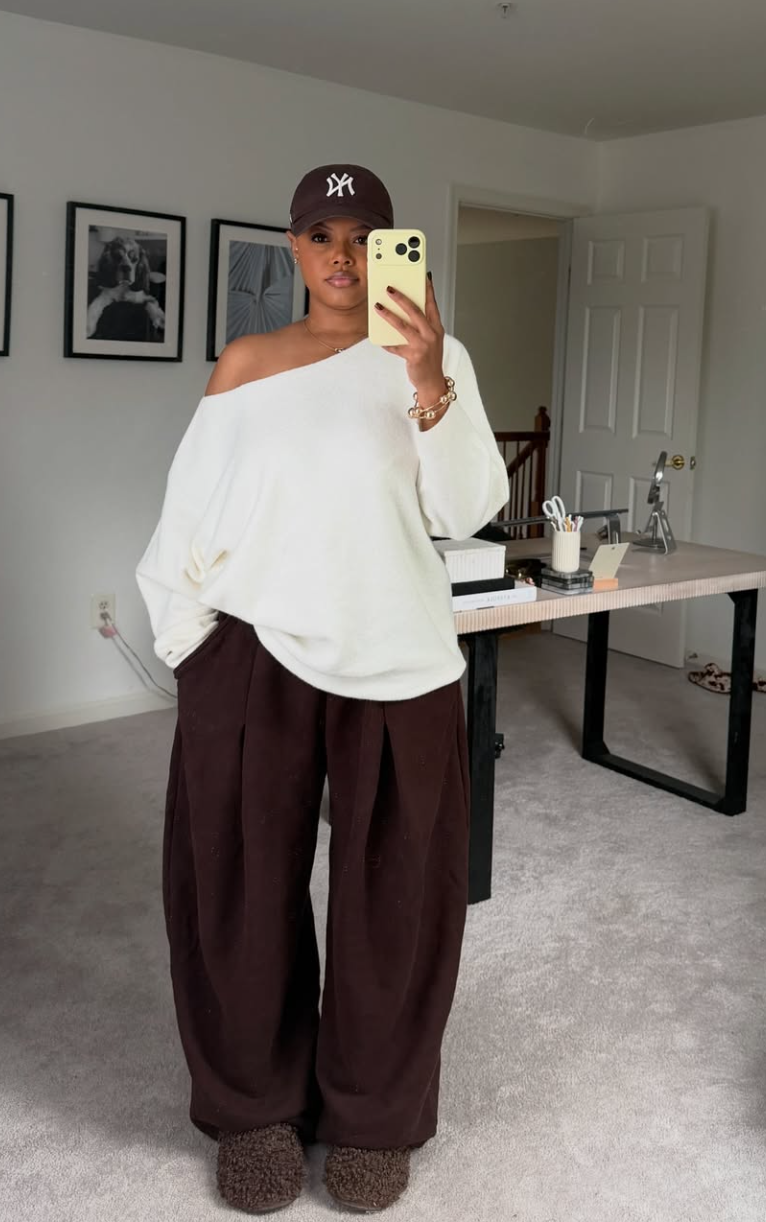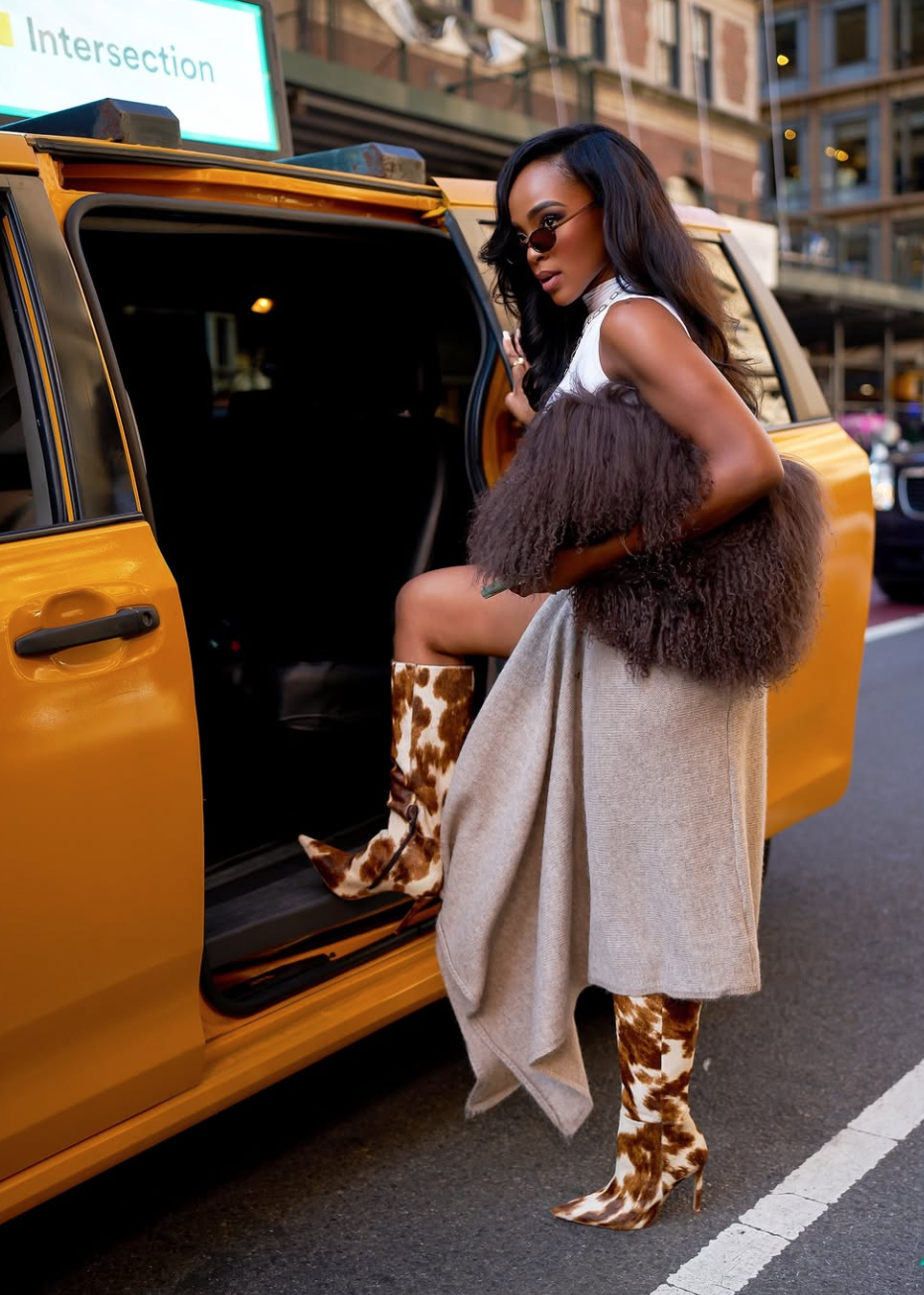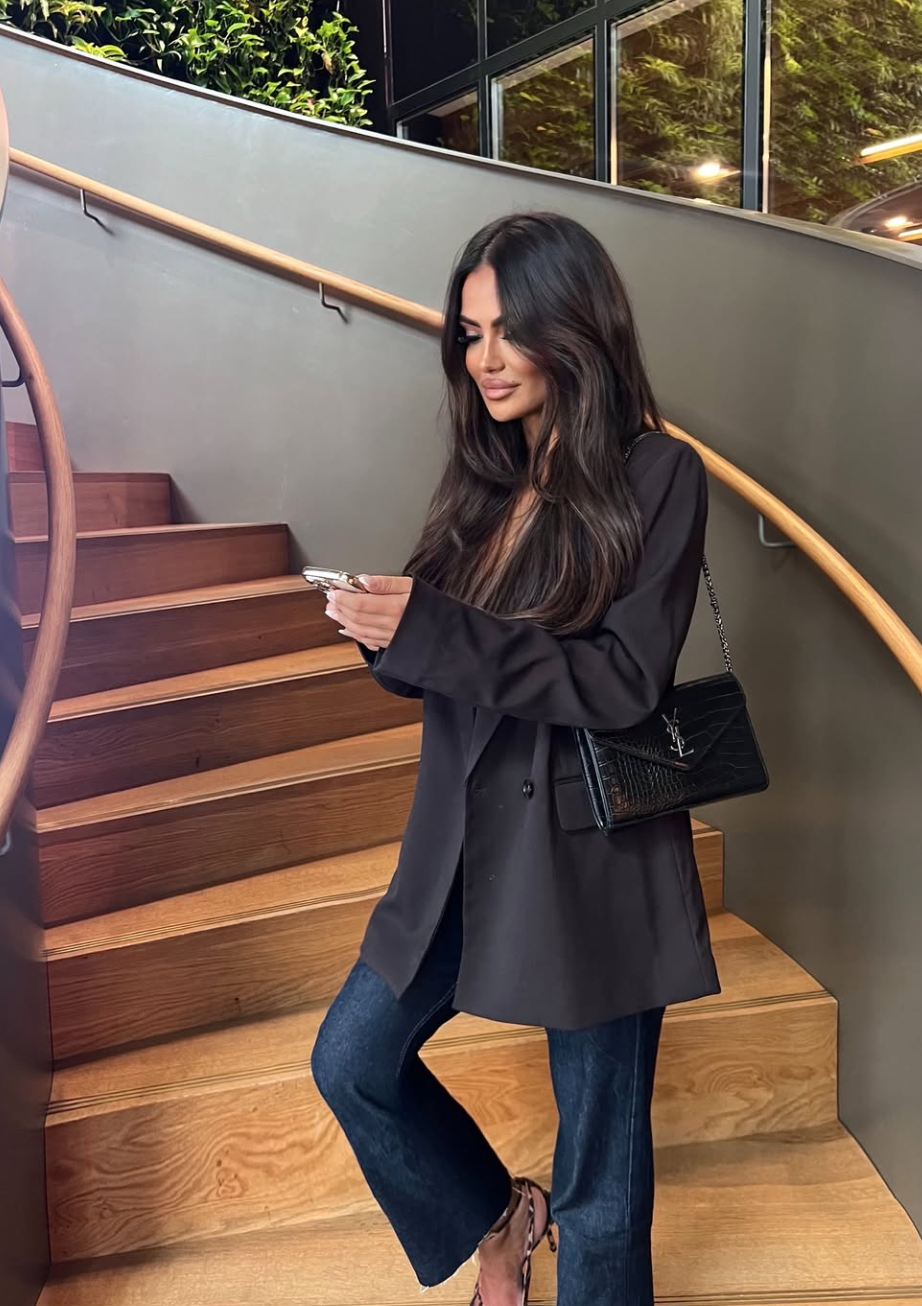The Wardrobe Rules Everyone’s Talking About (And Which One Actually Works)
Photo Credit:@mawhizmett
Every few months, a new rule pops up promising to solve the age-old problem of having a closet full of clothes and still nothing to wear. There’s the 3-3-3 rule, the 70/30 wardrobe ratio, the 333 outfit formula—each claiming to be the ultimate path to simplicity. And yet, for many women, these formulas feel more like math homework than style freedom.
Most wardrobe rules sound great in theory but crumble under the weight of real life. They rarely account for fluctuating weather, evolving lifestyles, or the fact that sometimes, you just want to wear sequins on a Tuesday. But beneath the noise, a few of these frameworks do offer valuable lessons—if you know how to interpret them.
Let’s break down the most popular wardrobe rules, what they actually mean, and how to make them work for your everyday style.
What To Read Next…
6 Simple Style Tips To Help You Improve Your Outfits
Need outfit inspiration for every day of the year? Get 365 outfit ideas delivered to your inbox!
The 3-3-3 Rule
Photo Credit:@naturally.sunny
This rule suggests you pick three tops, three bottoms, and three pairs of shoes to wear exclusively for 30 days. The goal is to force creativity through limitation, helping you identify what you truly love wearing.
It works—for about a week. Then the weather shifts, life happens, and suddenly your three pairs of shoes don’t fit every scenario from brunch to school pickup. But the spirit of the 3-3-3 rule is solid. It’s not about numbers; it’s about awareness. When you limit your choices, you start to notice what feels good and what doesn’t. Try it for seven days instead of thirty, and you’ll learn more about your personal style than a full shopping haul ever could.
How to apply it: Try a seven-day mini version. Pull nine pieces you already own—three tops, three bottoms, three shoes—and see how many combinations you can make. By the end of the week, you’ll know which items earn their place in your wardrobe and which ones just take up space.
The Rule of Five
Photo Credit:@eloisedufka
Minimalists love this one: each season, you can add only five new pieces to your wardrobe. It’s designed to promote thoughtful consumption and curb impulse buying.
In practice, it’s tough. Five pieces can disappear fast once fall coats hit the shelves or a surprise event pops up. But as a mindset, the rule of five is gold. It reframes shopping as an intentional act. Instead of “What do I want right now?” the question becomes “What’s missing from my wardrobe that will actually make getting dressed easier?” Use it as a shopping wish list, not a restriction.
How to apply it: Keep a running note on your phone called “The Big Five.” Throughout the season, list the pieces that would genuinely improve your wardrobe—like a trench coat that layers well or black jeans that fit perfectly. When you do shop, you’ll already know what deserves your attention (and what doesn’t).
The 70/30 Wardrobe Rule
Seventy percent of your closet should be made up of timeless basics, while the remaining 30 percent can be trend-driven or statement pieces.
This rule gets the balance right—but only if you define what counts as a “basic.” For one person, that might mean jeans, white shirts, and black boots. For another, it’s tailored trousers and silk blouses. Once you know your personal 70 percent, you can have fun with the rest. It’s the difference between a wardrobe that feels cohesive and one that constantly feels like it’s missing something.
How to apply it: Stand in front of your closet and pick ten pieces you wear the most. That’s your baseline 70 percent. Notice the patterns—are they neutral, structured, soft, or bold? Use that insight when shopping. Then allow yourself to sprinkle in trendier finds that make the 30 percent feel personal.
The 90/90 Rule
Photo Credit:@jariatudanita
If you haven’t worn it in the last 90 days and don’t plan to in the next 90, it’s time to let it go. Simple, direct, and often brutal.
This one’s effective—but rigid. It doesn’t consider seasonal dressing or lifestyle shifts. A better version? Use it as a check-in rather than a purge. Ask yourself why you haven’t worn it. Is it a fit issue, a comfort issue, or a confidence issue? The answer tells you more about your wardrobe needs than the rule itself ever could.
How to apply it: Each season, hang all your clothes with the hangers facing one direction. After you wear an item, flip its hanger. At the end of 90 days, you’ll clearly see what you’ve reached for—and what you haven’t. Then decide whether to store it, tailor it, or donate it.
The 333 Outfit Formula
Photo Credit:@g1zemx__
This concept focuses on building three outfit formulas you can repeat throughout the week, like jeans + blazer + tee, dress + boots + jacket, or trousers + knit + loafers.
This is arguably the most realistic framework for modern women. It’s not about owning less—it’s about owning smarter. When you know your formulas, every outfit becomes easy to assemble, even on chaotic mornings. Repetition isn’t boring; it’s the foundation of personal style.
How to apply it: Write down three outfit combinations that make you feel good every single time. Then find different versions of those same silhouettes—different colors, textures, or fabrics. You’ll build a wardrobe that’s consistent but never repetitive.
So, Which Rule Actually Works?
Photo Credit:@sialuxe_
The one that helps you get dressed faster.
The best wardrobe systems aren’t about deprivation or discipline; they’re about clarity. Every rule on this list shares one underlying message: edit your closet until it reflects the life you’re living right now, not the one you used to have or hope to have one day.
In the end, style doesn’t need strict formulas—it needs frameworks that flex with your reality. Maybe you stick to five new pieces a season. Maybe you rely on your three outfit formulas for simplicity. Or maybe you ignore every rule and follow the one that never fails: wear what makes you feel like yourself.
Because the best wardrobe isn’t the smallest or the most perfectly balanced—it’s the one you can live in.
Creator Images used for editorial purposes only. All rights belong to their respective creators. We always link and give credit.







